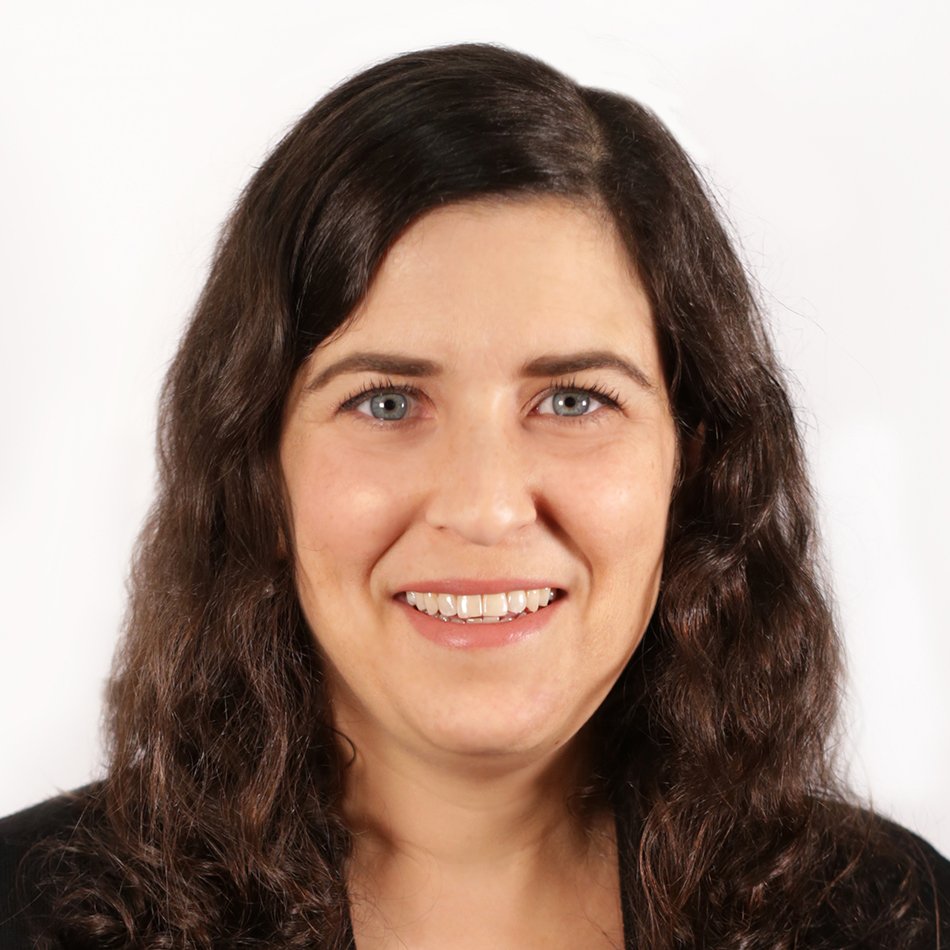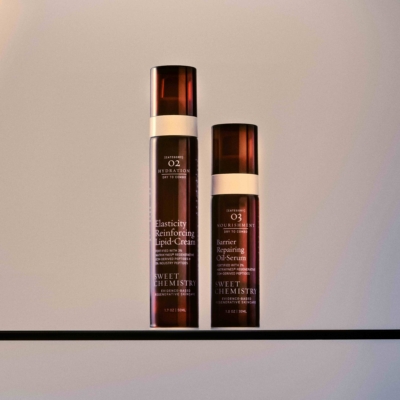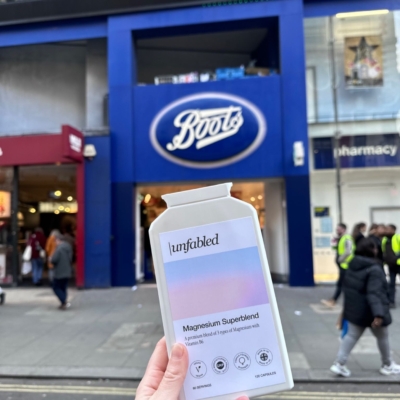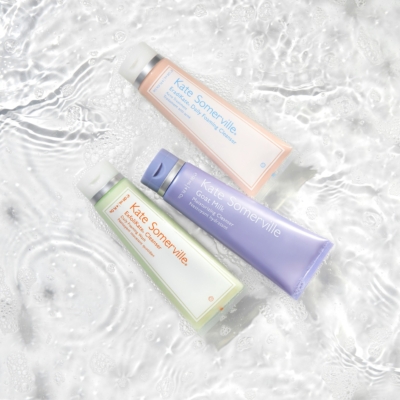
BAM Ventures’ Shamin Walsh On The Financial Discipline Of Early-Stage Consumer Investing
For early-stage consumer brands in BAM Ventures’ portfolio, the firm often represents a pivotal milestone: their first institutional investor.
It takes that position seriously, acting as a bridge between scrappy beginnings, when product-market fit is still being proven and management teams are just being formed, to the next stage of scaling growth and establishing long-term infrastructure. BAM Ventures’ commitments to young brands means it must assess founders and their businesses differently than later-stage investors, prioritizing the people behind brands as much as the products they sell.
“Consumer is a difficult category for a lot of investors at a very early stage because it’s hard to necessarily differentiate what will break out and what won’t. I can understand that from a categorical perspective,” says Shamin Walsh, managing director at BAM Ventures. “That’s why we’re incredibly founder-driven because we truly believe it’s the founders that are connecting with their audiences as opposed to having macro themes around an underlying ingredient or a particular product.”
Walsh’s approach as an investor is informed by her non-linear path to VC. After receiving a foreign service undergraduate degree from Georgetown University and attending Loyola Law School, she tiptoed into investing initially as an angel investor, when she got a lesson in the power of consumer passion as a pre-launch backer of Sweetgreen in 2007. She subsequently practiced as an attorney before becoming a partner at TYLT Ventures, focusing on fulfillment, cold storage and manufacturing.
TYLT was co-investing in startups with BAM Ventures, which Brian Lee, the serial entrepreneur and co-founder of Arena Club, ShoeDazzle, LegalZoom and The Honest Co., founded in 2014. Walsh joined the firm in 2016, and it’s now writing checks of typically around $500,000 from a $50 million fund—its fourth—for companies in the consumer products, consumer technology and commerce enablement industries. BAM Ventures generally does 10 to 12 deals a year. Its portfolio includes Shani Darden Skin Care, Merit, Versed, Rael, Alchemy 43, WTHN, Blueland and Starco Brands.
Beauty Independent spoke with Walsh about BAM Ventures’ valuation discipline, board construction, the pitfalls of picking the wrong advisors, founder dilution, four-wall concepts and how the VC model fits with beauty brands.
What are you looking for in your early-stage investments?
One of our theses as a fund is that we like to be close to the founder in their journey. We just invested in a protein bar called Jacob. Most of [founder Jake Levy’s] investors prior to us were other founders. I explained to him we are OK if we’re not pushing for an artificial outcome because we’ve deployed a certain level of capital. We want you to do what’s best for the company. Whether you exit for $300 million or $3 billion, we’re with you along the way.
One of the things we look for is capital efficiency because it is hard to have a true venture-like outcome if you raise a ton of capital, and you have an exit on the lower end of the spectrum. We look at not necessarily profitability today, but knowing that you could pull that lever if you need to. If you’re not profitable and investing in growth, there’s a means to an end and you’re not a business reliant on venture funding indefinitely for your survival.
We’re often looking for a unique distribution advantage or at least an understanding of your channel. Sometimes people make general statements like I hate DTC or I love DTC. We’re not that binary. It’s more, do you understand the channel for your product? If it’s something where your acquisition costs and the AOV make sense, then DTC might be the best channel.
Brian Lee is known for working on companies attached to a famous name. What’s your take on known personalities, influencers or celebrities tied into product concepts?
Part of what worked with prior companies like The Honest Co., for example, is that was Jessica [Alba’s] original idea. She was pregnant. She was a true co-founder. It wasn’t like, hey, there’s a famous person and a product, let’s merge and create it with a sponsored post. It works if the person is delivering what they live and breathe, and they espouse it truly as the co-founder of the company.
What’s important is not necessarily who the person is or what it is, but are they somebody who is a trusted opinion for whatever it is being sold? Are they going to promote it? Are they embodying it? You see a lot of these brands succeed, and it’s not because of a one-time post or a periodic shoutout. It’s everywhere all the time.
What’s your valuation approach?
We are very disciplined in our valuation strategy. On the brand side, our initial check size is $500,000, and we invest sub-$10 million post-money. This is where we feel comfortable in terms of our entry point, being aligned with founders and meeting our internal goals for the returns we want to achieve for LPs. We don’t fall into the trap of overpaying.

Have you seen valuations shift?
In the early days, when you don’t know who is who—how do you know this granola bar is different than that granola bar or these yoga pants are different than those yoga pants?—the valuations are pretty reasonable, and I don’t think that’s changed. Once something takes off and let’s say you are in that $5 million to $8 million revenue range, that’s a tricky spot to attract venture investors.
As a founder, one thing I would think about if you are going the venture capital route is you really want to get to the point where you can sustain until you get to $10 million in revenue. These aren’t hard and fast rules, but there’s a ton of investors that will look at early growth where it’s $10 million revenue-plus.
Given cyclicality and interest around consumer funding, you may be in a position at some point where consumer is hot or consumer is not. You don’t want to be the brand stuck doing $1.8 million year one, $4 million year two and $7 million year three. All of that is very impressive, but if you’re caught in a period where people are cold on consumer brands, the cadence of growth may not match up with venture investor appetite for funding, and I’ve seen a lot of great brands get stuck.
When founders use convertible notes in their fundraising, you’ve seen them have sticker shock with their dilution when notes convert. What advice do you have for them?
Nowadays, SAFEs are more common, but whether you do a convertible note or a SAFE, it’s important to ask your counsel to walk through a cap table post-conversion because, depending on the instrument that you use, whether it’s a convertible note or a SAFE, even if they’re pre-money or post-money, once they convert, there’s a distinction between different instruments and how you structure them on what gets factored in and what doesn’t.
For example, in certain circumstances, options may get factored into the dilution, whereas in others it may be converted, and options will come in afterward. What happens where there’s sticker shock is less a one-time case and more when founders mix and match different instruments or do subsequent rounds, maybe $1 million on a SAFE, then $2 million on a SAFE, and then a note.
When they all convert, they do back of the envelope math and get surprised when they realize certain elements of dilution like an option pool, for example, will factor in before a conversion in certain circumstances and not others. The tip to the founder is, to the extent you can, just be consistent in what you’re using. I personally like post-money because everybody knows what page they’re on and you know what the end conversion will look like.
In the beauty space, you have investments in brands that are in Sephora. Do you want a brand you are investing in to have a purchase order from a retailer like Sephora?
I don’t think sequence matters in terms of what happens first, it’s more, do you have an edge or are you doing well in your channel? Rael, for example, started on Amazon first and that was a huge channel for them. They were the No. 1 seller on Amazon, and now they’re in retailers everywhere here and in Korea. Merit started with a Sephora exclusive. Versed started with a Target exclusive. Shani Darden started in DTC.
I remember, in the DTC hype era, no one wanted to be on Amazon because of brand dilution. Now, that’s completely different. People realize you want to be anywhere that people buy, and that’s how people purchase. It doesn’t necessarily dilute your brand.
To the extent that you can build your brand to a point where retail is calling you is to your advantage. If the retailer thinks that you need them more than they need you, it could end up being very expensive for you.
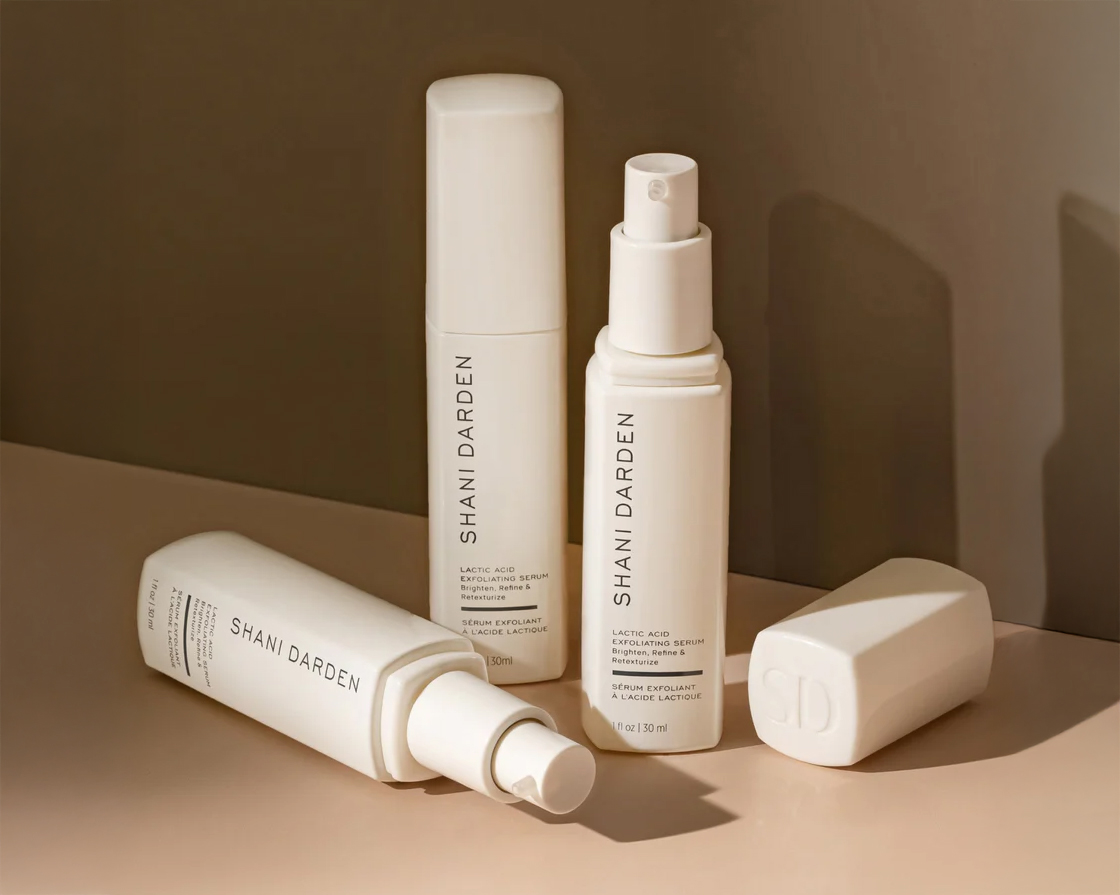
Many investors don’t like four-wall environments. You are invested in Alchemy 43 and WTHN. What are your thoughts on that space?
They’ve overcome why some folks may not love brick-and-mortar because they’re services businesses. If you’re not the right type of business, you may get caught up in this bandwidth issue of having a one-to-one labor ratio problem. One thing we really liked about both of those is you’re creating a brand and trusted source in a really fragmented industry.
With acupuncture, you can service a lot of clients more so than another category. It takes a lot of expertise, but once you put needles in, the person just has to relax, so you can service several people at once. It’s not just one person one hour.
With Alchemy 43, it’s the same thing. The average order value of the service you’re providing is much higher than something else. It’s not like you’re giving a 30-minute service and charging $30. You are giving a 30-minute to an hour service that could be $1,000. Both of their models make sense for brick-and-mortar.
You can’t undervalue the value of brand in this category either. Look at Sweetgreen. It’s a brick-and-mortar company, but it’s evolved into a true brand.
You suggest brand founders be very mindful about their board construction. How?
Bringing on an investor is a marriage and a board is another layer of a marriage. Once you do it, it’s not something that’s easy to unwind. We tend not to take a lot of board seats at our stage. We’re more focused on product-market fit. If we do take a board seat, we’re more than happy to give up our board seat as later-stage investors come. Some investors, they want to be on the board forever, and it’s going to be hard to get rid of them if they do.
I’ve seen situations where founders will have a ton of folks on the board or a ton of observers, and it’s not necessarily that anyone in particular is difficult, but it ends up being a too-many-cooks-in-the-kitchen-type of scenario. Every board meeting you’re in, everyone feels the need to opine, and it’s hard to have clarity of thought. Even in a benign situation, there is a cost to having too many opinions at once.
And you want to be mindful of the fact that, down the line, your board can potentially replace you. Once there is a conflict or trust breaks down, you don’t know how people might turn on each other. Make sure it’s set up in a way where you have optionality or that you’re not put in a position where you’re not locked into something and you’ve completely lost control of your own company.
What about advisory boards? How helpful are they?
You need to do your due diligence on how involved that person will be. One of the mistakes founders can make is to conflate proximity with action. Maybe your advisor is somebody super credible, has a lot of connections or was in X, Y or Z role. Their proximity is a catalyst to them being there.
Having that capability and actually picking up the phone and making a call are two different things. Founders need to figure out not just, hey, this person has a beautiful resume, but are they going to pick up the phone for us? I’ve seen times where the advisor has been huge, and I’ve seen times where there’s been a real conflict because the founder gave up equity to someone who promised a lot of things or maybe they were lured in by the person’s credibility, but they didn’t actually leverage their connections to the benefit of the company.
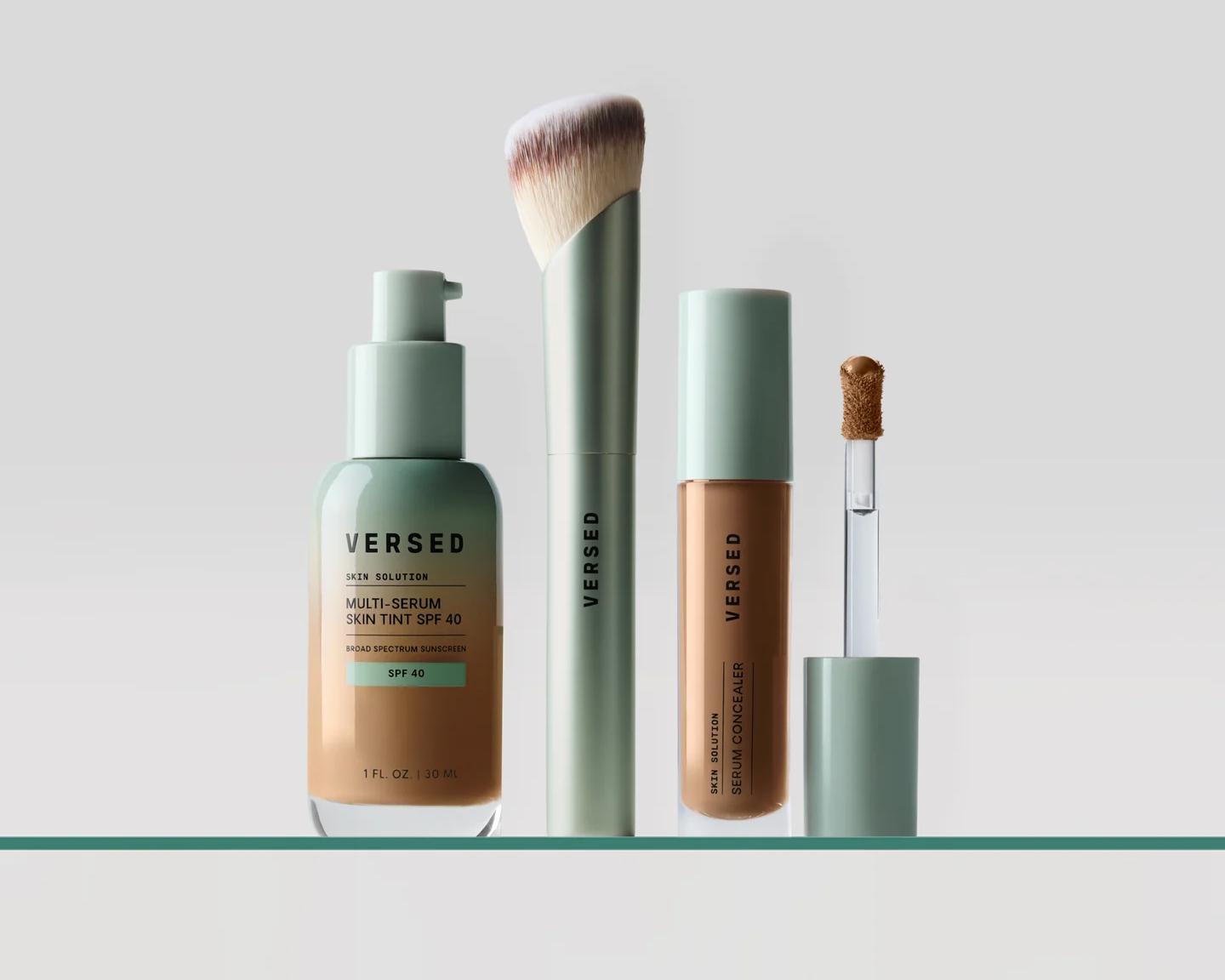
Since VC funding came into beauty, there’s been discussion about whether it’s a fit for beauty brands. Is the VC model a poor fit?
I have a very strong opinion on this. I often describe it as an input and output thing. If a company is capital efficient and they don’t raise $100 million and then exit for $100 million and get to, again, anywhere from $300 million to $3 billion, everyone’s going to do really well. Beauty’s a great category in terms of the margin profile, repeat purchase rate and the ability to become profitable.
A lot of beauty brands may not necessarily need to raise huge amounts of money. For us, it makes a ton of sense. We’re a $50 million fund, and if something exits for $500 million and only had to raise $5 million, $10 million, $15 million or $20 million, everyone does well.
If you’re a $500 million or $1 billion fund, you’re writing much larger checks, and that necessitates a larger outcome. You’re not necessarily going to be happy with a $300 million exit. How realistic is it to have a bunch of $3 billion beauty exits? Those are very few and far between, but there’s a ton of beauty brands every year exiting for $300 million to $800 million.
I don’t think it’s an issue around venture, but I think founders should be educated on the idea that every fund has their own return profiles and to make sure that what they want for their business is aligned with what the investor needs for the business to be considered a success for them.
There are concerns around VC expectations for growth.
In early-stage venture, you prioritize growth over EBITDA optimization, but profitability as a whole has become much more important in the sense that people are not embracing growth at all costs. When things have gone upside down is where brands have been growing at all costs, and when they do try to right-size, they’re unable to because they’ve effectively been buying revenue.
At early stage, you are looking for the long-term potential in the alpha, but you also don’t want to be in a situation where you look at a company’s fundamentals and think there is no ability for this ever to right-size. In beauty, for example, from day one, if you have a 20% gross margin for something that typically is 70%, then something is just upside down. We look for fatal flaws, but you’re not necessarily looking for eking out every single cent at the expense of overall growth.
